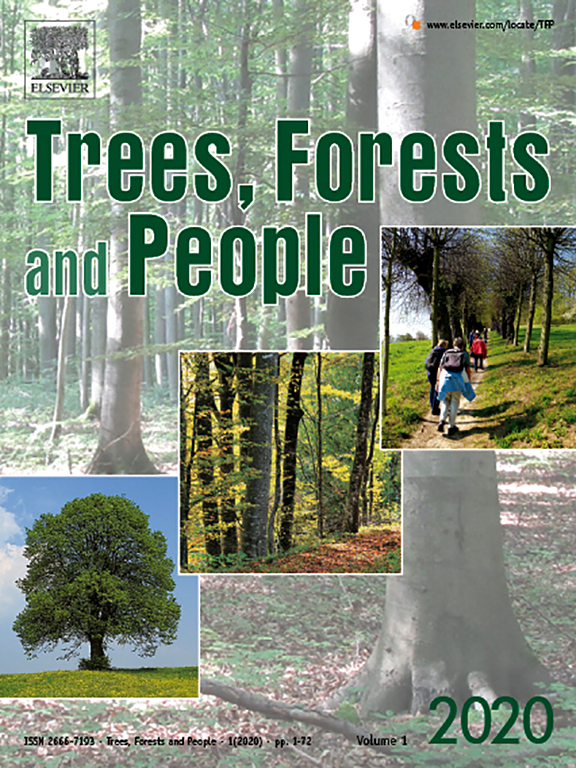This paper focuses on lessons related to the development of viable medium, small and micro-enterprises (SMMEs) based on non-timber products in East Nusa Tenggara (ENT), Indonesia, that are relevant to the international aid shift towards private sector development and women’s economic empowerment. Most of the products traded in the 11 428 market stalls surveyed in informal-sector market places in ENT were not from forests or agroforests, but were vegetables, second-hand clothes and other products. Most of the forest and agro-forestry products being sold were low entry-point, low-value products, sold as part of people’s survival or coping strategies. Nevertheless, a few specialist products, such as indigo, hand-woven textiles, Symplocos leaf mordants and Lygodium fern baskets, have been remarkably successful in reaching global markets. Developing business partnerships with local producer groups and entrepreneurs is easier said than done, and requires strategic choices. In addition, enterprises need to be economically viable. At first, palm sugar from Borassus flabellifer, for example, seemed to be a viable product, but the costs of the fuelwood used to boil palm sap to produce palm sugar is the major constraint on palm sugar producers and household income. Ten barriers facing entry of non-timber products into commercial markets are identified that should be taken into account if long-term enterprise development based on these products is to succeed in the long term.
DOI:
https://doi.org/10.1080/00049158.2017.1329614
Jumlah Kutipan Dimensi:


















